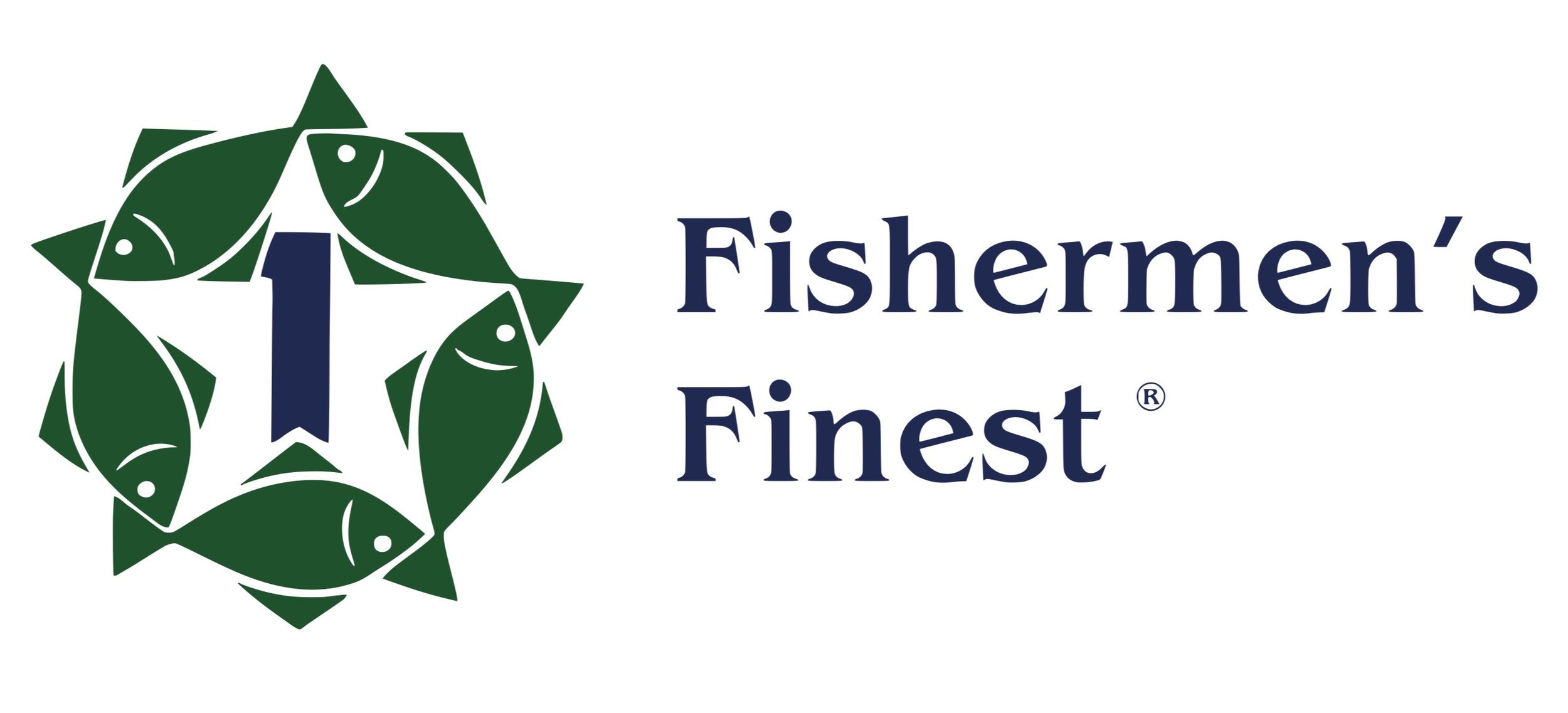AKSC & W AK Villages
Alaska Seafood Co-op and Village Groups Support Deck Sorted Halibut Satellite Tag Study
SEAFOODNEWS.COM by John Sackton June 3, 2015
The Alaska Seafood Cooperative and representatives of Western Alaska villages and native fisheries have been cooperating since 2012 to find ways of prosecuting the yellowfin sole fishery in a way that minimized impacts on halibut.
Now the projects working group, called Chaninik Qaluyat Nunivak (CQN) has announced that funding has been awarded by the North Pacific Research Board for deploying satellite tags on halibut released through rapid deck sorting.
The CQN Working Group was established by voluntary agreement in late 2012 and is comprised of ten members total – five from the Alaska Seafood Cooperative (AKSC) and five representing the Bering Sea Elders Group (BSEG), the Association of Village Council Presidents (AVCP), and villages in the area.
The purpose of the Working Group is to provide the opportunity for a productive yellowfin sole fishery while minimizing the impact of that fishery on the way of the life of the people who use the region to maintain their economic, nutritional, and cultural wellbeing, and to work to reduce the impacts of the yellowfin sole fishery over time, as guided by research, traditional knowledge, and best available technology and fishing practices.
In November 2014 the CQN Working Group discussed the importance of modifying fishing practices to reduce halibut mortality. The Seafood Co-operative had been working on a project to get halibut caught in trawl nets back into the water as quickly as possible by sorting them on deck.
The CQN Working Group supported experimental deck sorting but wanted to gain a better understanding of how expedited release would improve survival. They directed Ms. Drobny, contract biologist to the Working Group, to develop a research project design. With funding now secured, the project plans to attach 120 satellite tags to halibut released during experimental deck sorting.
These tags will monitor the halibuts’ movements, and thus survival, for 100 days after its release from the ship. This will provide a better understanding of the effect that being caught and released in the trawl fishery has on these halibut. Ms. Drobny will field test the tags on a local community vessel this year prior to deploying tags on AKSC vessels in 2016.
The CQN Working Group met again earlier this month in Bethel, Alaska to continue to discuss ways to work together in support of their mission and plans to meet again in Fall 2015.
Read more on this issue: C2 NPFMC Sitka June
